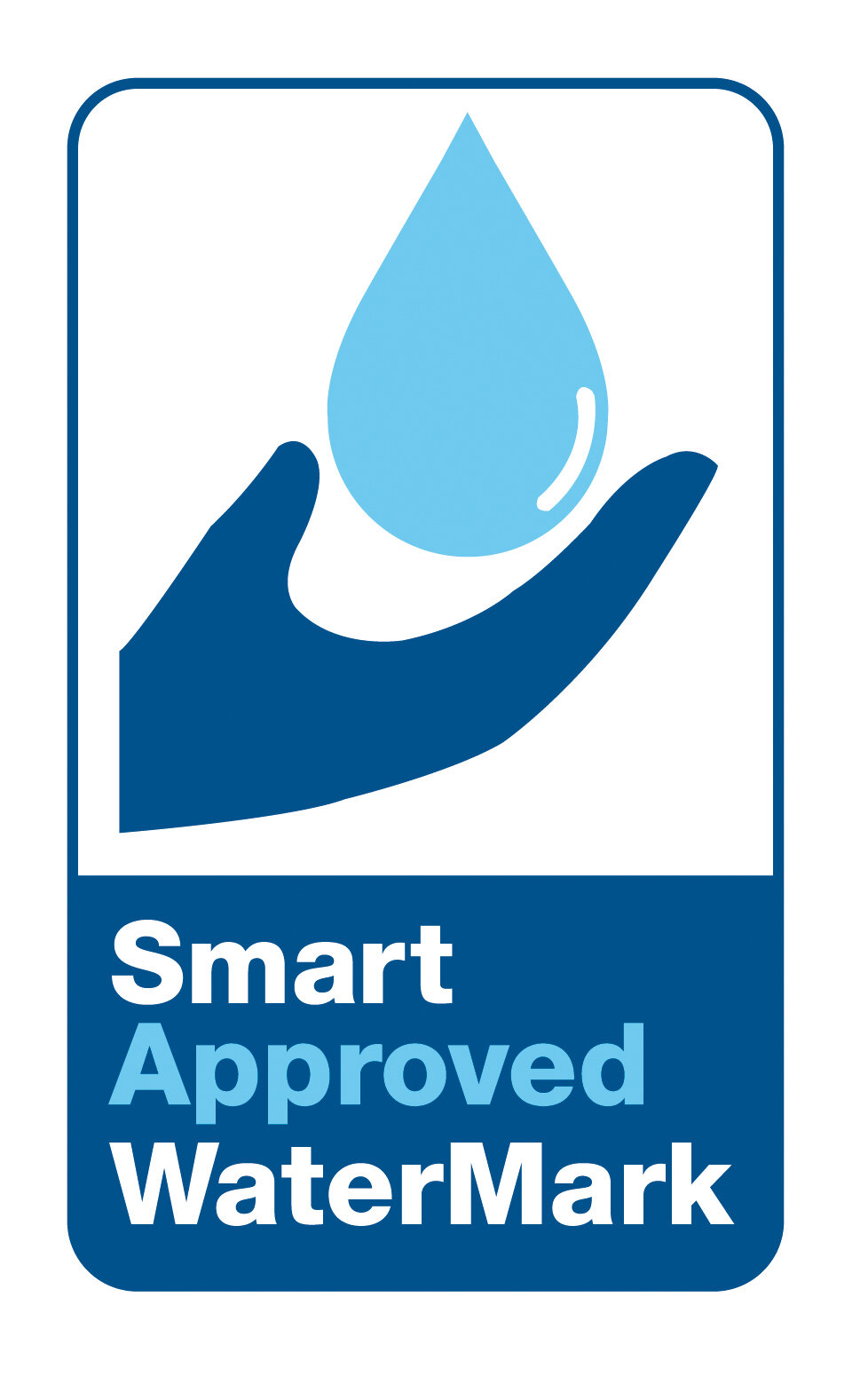Image of Sherlock Holmes by Sidney Paget, Wikipedia, Public Domain,
Picture, or should we say, smell this: A school supervisor walks into a middle school science lab, and the teacher immediately pulls him aside with an embarrassing warning. "Just so you know," she whispers, "the student you'll be sitting next to has a bit of a... gas problem today."
Being a trooper, the supervisor takes his seat anyway. Sure enough, there's definitely an odor situation happening. But here's where our detective story gets interesting—the bell rings, the students file out, and the smell doesn't leave with them.
Suspicious
Now fully in Sherlock Holmes mode, our supervisor begins investigating. He follows his nose to the back of the lab and discovers the true villain of our story: a lonely, neglected sink that nobody ever uses.
The Plot Thickens: What's Really Going On?
Turns out, that innocent-looking sink was harboring a secret. Its drain trap—that curvy pipe underneath - that looks like a J, U, or P - had completely dried out. Normally, these traps hold water that acts like a liquid barrier, keeping nasty sewer gases exactly where they belong: not in your classroom. But when the water evaporates? Those gases throw a party in your lab.
Why You Should Care (Beyond the Obvious)
Yes, no one likes to smell malodors. But in a science lab, this isn't just an "open a window" situation. When sewer gas mingles with chemical fumes, things can get dangerous fast—think explosions or toxic gas creation. Even without chemicals in the mix, these odors mess with people's heads (literally), causing headaches, brain fog, crankiness, and exhaustion. The kicker? This can happen even when you can't smell anything.
The Ridiculously Easy Fix
Here's what usually happens: someone calls maintenance, who shows up with cleaning supplies and bleach, makes a big production of it, and finally runs water down the drain.
Want to know the secret? All you needed was water. Skip the bleach, skip the drama. Just run the tap. The water refills the trap, blocks the gases, and boom—problem solved. (At least until it dries out again.)
But Why Does This Keep Happening
Schools are often empty during breaks, allowing drain traps to dry out and sewer gases to enter. To solve this, many districts use Everprime, which keeps traps from drying out for months and prevents odors from re-occurring when classes resume.
Case closed. Mystery solved. Class dismissed.
Want to banish sewer smells from your building for good? Contact a Waterless Co. Inc., representative now.
Source: Ken Roy, "An Ounce of Preventive Maintenance," Science Scope 38, no. 8 (2015)










